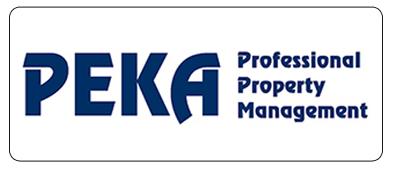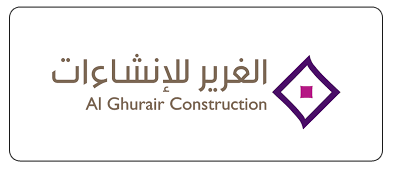
With the Internet of Things (IoT) gaining momentum, more and more businesses are considering shifting towards and smarter, connected process. With increasing popularity and success, businesses across industries are leaning towards a smarter world. The field of architecture and construction is no exception to this. Smart buildings are gaining popularity all over the world. Smart architecture, with the help of IoT devices and sensors, increase productivity and is also a good initiative towards environmental monitoring. Many of the new commercial projects are opting for smart architecture and this is only expected to grow 34% year on year!
The advantages and long term benefits of smart architecture coupled with environmental monitoring are numerous and worth the effort. Taking advantage of the smart devices and sensors of IoT, any building can be converted into a smart building. So what is environmental monitoring? Environmental monitoring is the collection and analysis of data from the physical world that gives a picture of the condition of the environment. It paints a picture of how the Earth is this is critical to the protection of human health and environment sustainability. Using IoT enabled smart devices, this has become easy over the years.
So why is it important to implement this in buildings? With the world becoming a concrete jungle, we have no other option but to turn to environmental friendly measures. The pros of such a system are numerous, but here are a few to understand the scenario:
Environmental monitoring can positively influence positive measures and implementing IoT devices into the commercial space can take this technology to a whole new level. Smart architecture provides effective data and allows for a secure and reliable system. To understand the complete potential, take a few baby steps, start with a few IoT solutions and then upgrade!














Stay Ahead of the Curve: Read the WatchNET IoT Blog for Cutting-Edge Trends & Insights.

Find Your Perfect Fit: WatchNET IoT Reference Chart – Solutions Tailored for Every Industry.

WatchNET product catalog offers everything you need to unlock the potential of the Internet of Things.

WatchNET IoT is a pioneering wireless monitoring and automation company equipped with a robust suite of solutions with 100+ long-range wireless sensors, Smart Gateway, and a versatile Open Cloud Platform tailored for various industries.
© 2019 All Rights Reserved